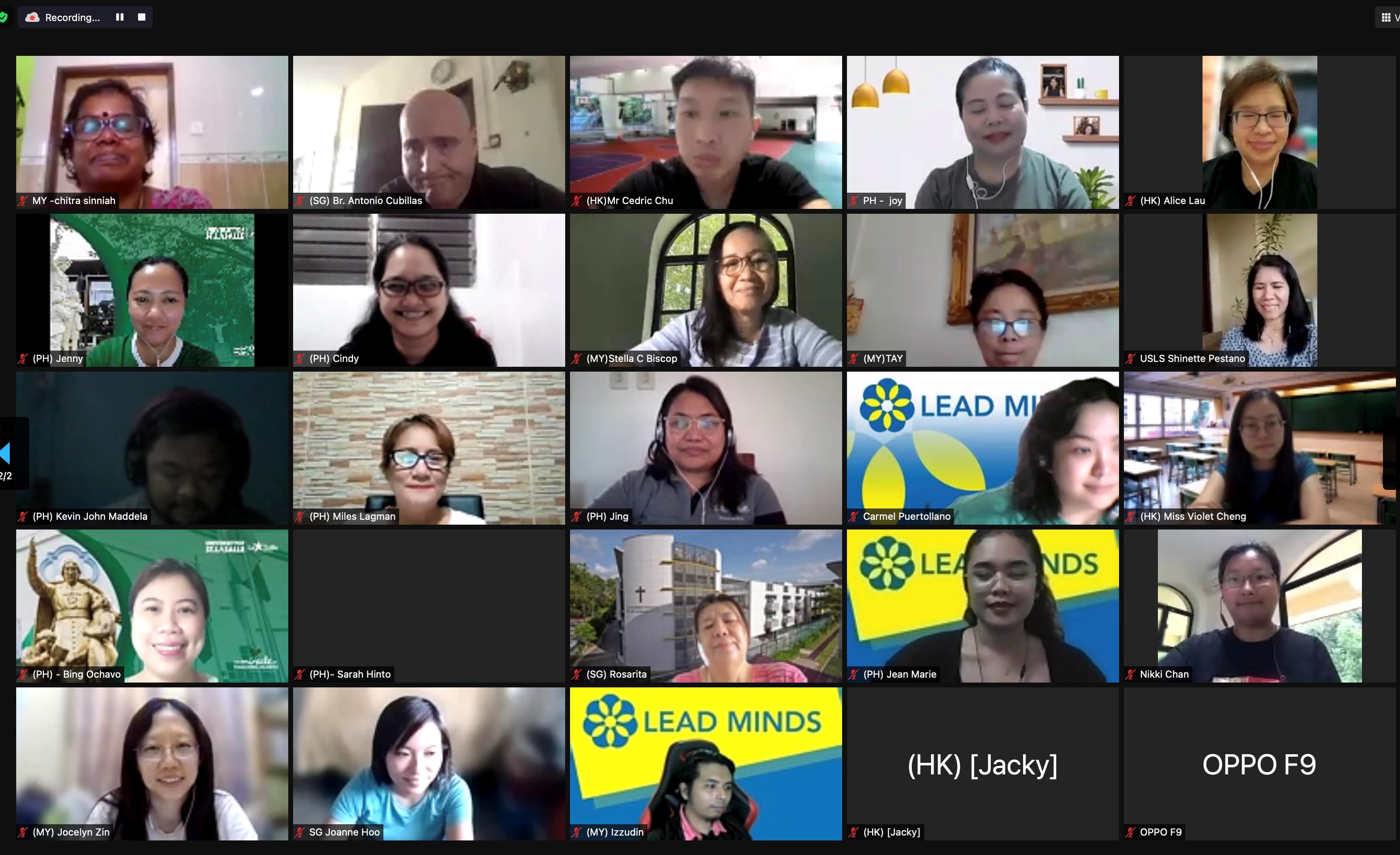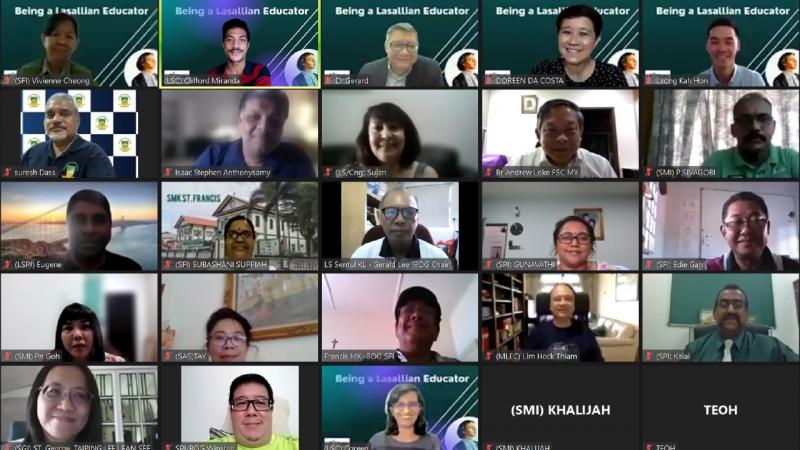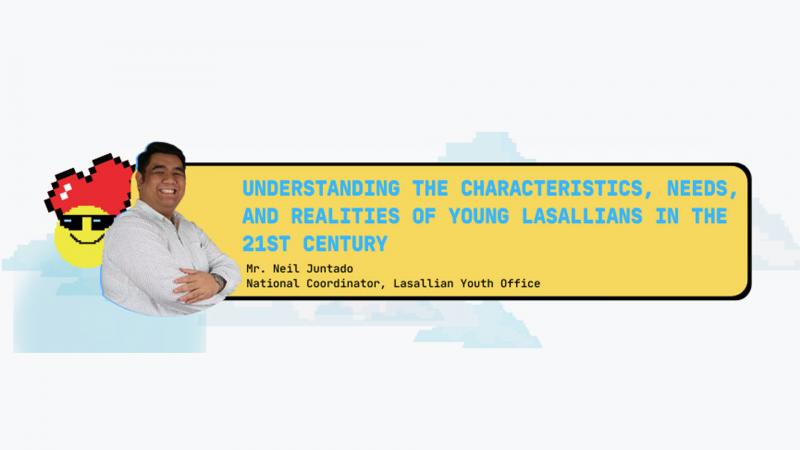
The world was caught by surprise by the Covid-19 pandemic. Who would have ever thought that words like ‘lockdown’, ‘social distancing’, and ‘new norm’ would become part of our daily vocabulary? I was privileged to attend a webinar entitled “ Developing Resilience In Your Students” by Mr Eric Bryan Amaladas from HELP University. His talk made me realise that my duties as an educator extended beyond the classroom.
The pandemic changed the education world. As educators, we could no longer confine ourselves to the same teaching practices but had to turn to digital ways to reach out to our students. Sophisticated online teaching methods were introduced to ensure continuous education take place. Unfortunately, the digital world did not succeed in reaching out to all students. Those who did not have access to digital devices were unable to continue their studies. It was then that we realised the digital world cannot replace the quality of the human touch. Teachers and students looked forward to returning to school with much anticipation. Unfortunately, in schools too, teachers and students had to adapt themselves to the new norms. Movements were restricted and SOPs overruled the freedom students once enjoyed. The school field was just another green patch in the school premises. This deprivation can only be filled through building resilience to ensure students acclimatise to the new way of school life. Resilience is crucial as it helps students in the process of adapting well in the face of adversity and moments of stress.
We are entrusted with the mission of ensuring students adapt well to the school environment when they return to school. We need to be mindful of the importance of helping students to adjust to the new norm. Some students may have gone through traumatic emotional and social problems brought about by the pandemic. Sudden loss of family income and the death of a loved one may have taken a toll on them. Helping students to rebuild their lives seemed to be a mammoth task. Sometimes teachers bring into classrooms preconceived new norm practices which do not help the students emotionally and psychologically. We set barriers and rush students to complete their work. Very often our fixed mindsets blind us to the emotional and psychological needs of the students.
Educators are the catalyst of change. The post pandemic period challenges us to build resilience among our students. Building resilience is important to rebuild lives. Educators need to be receptive to the emotional and psychological needs of the students. Thinking that one size fits all should no longer be our focus. Students should be taught have to be resilient in times of adversity and this can only be done through constant motivation. They should be taught to look at life positively and be prepared to face challenges in their lives. Our youngsters are the leaders of tomorrow. We may think the worst is over but it may not always be the case. Teaching them to be resilient gives them hope, helps to boost their self-confidence and self-esteem. Having greater self-confidence will help them to be smart risk takers. It will help them to use their own judgement and abilities to accept unprecedented challenges and move forward in the face of setbacks. Resilient persons have the ability to garner strength in times of difficulties, overcome obstacles and become stronger individuals.

Building resilience is an on-going process. It helps to create holistic individuals. As a result of this pandemic, I have come to the realization that educators play a pivotal role in instilling resilience and optimism in students during these uncertain times. Resilience helps students to bounce-back to face the realities of life as it is the key ingredient to turn challenges into successes. (Text: Ms. Helen Paul - St. Paul’s Institution, Malaysia; Photos: Ms. Coreen Paul)






